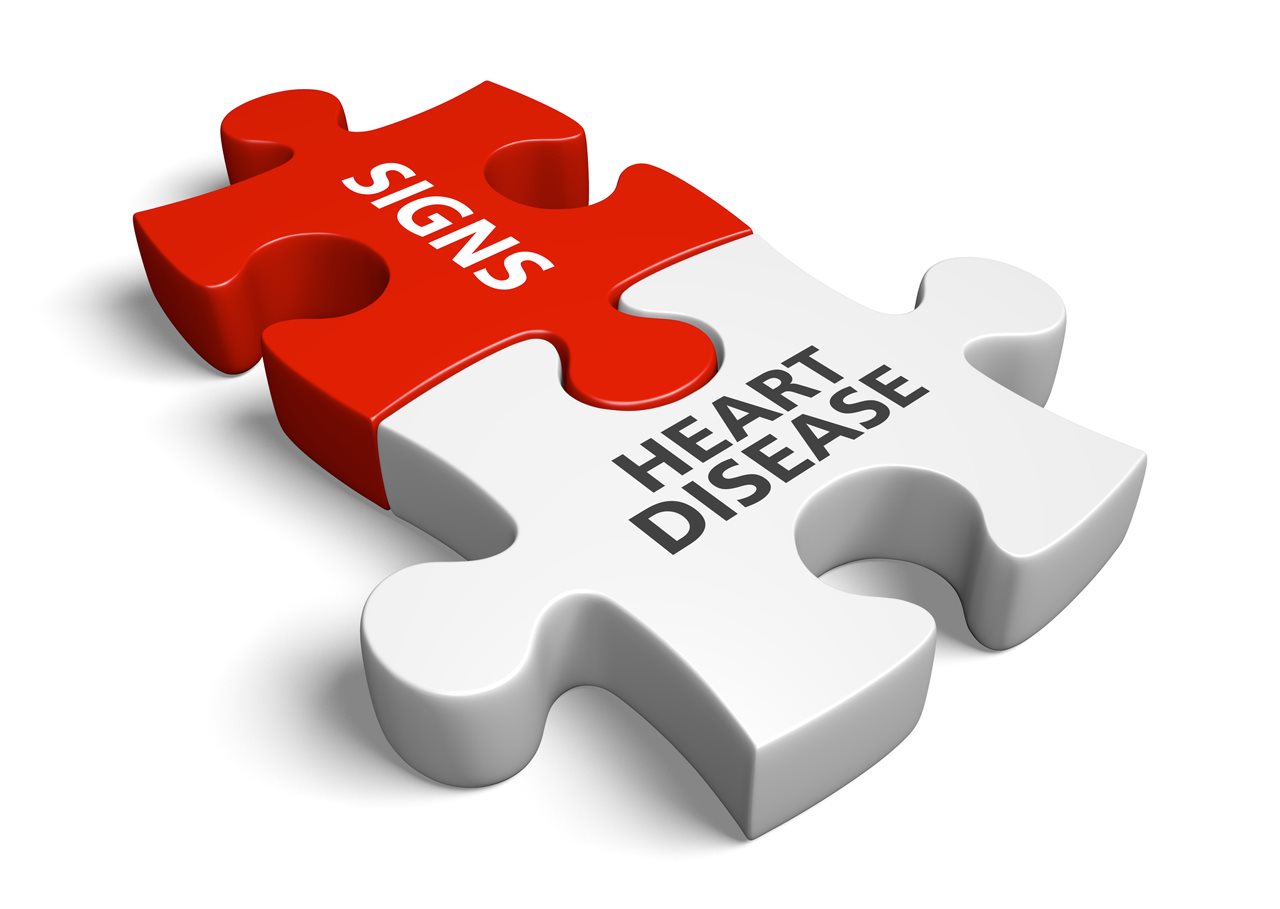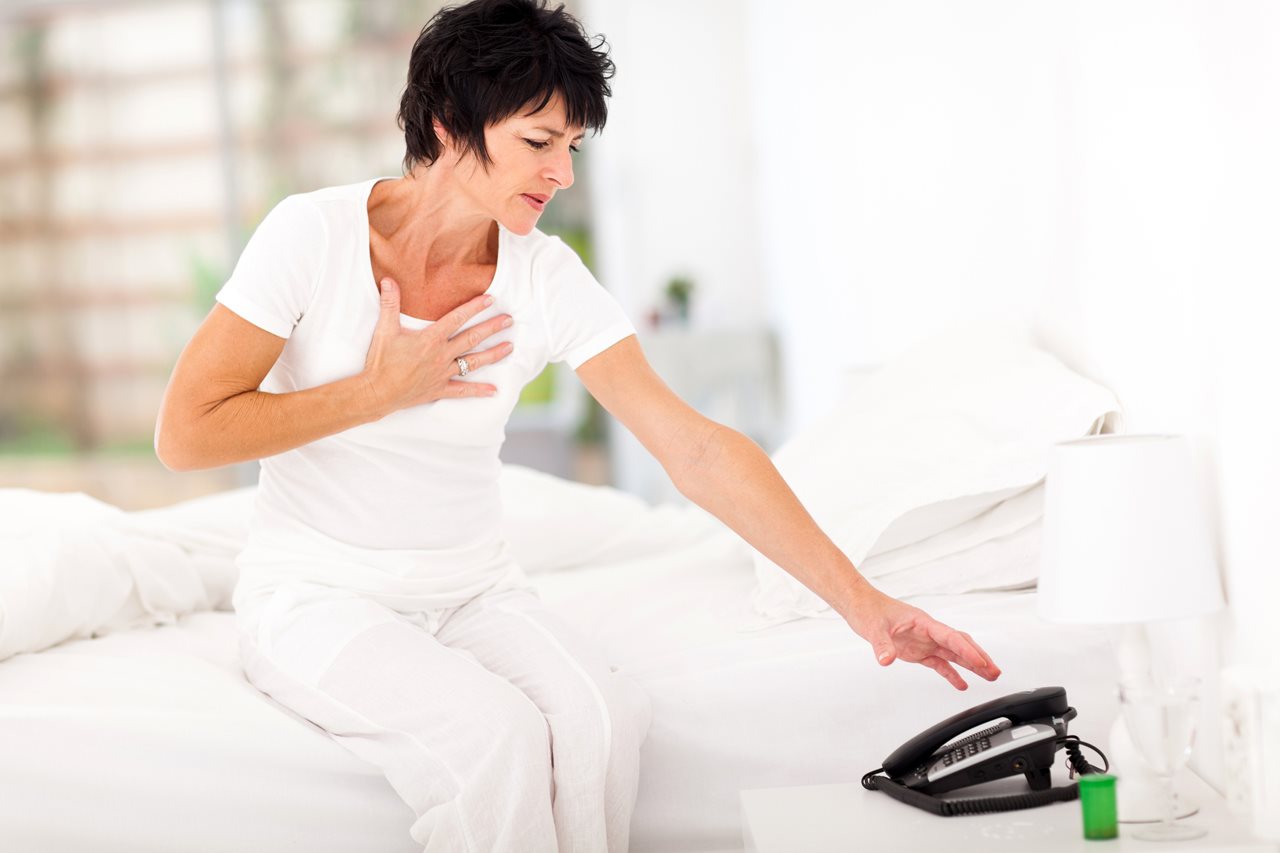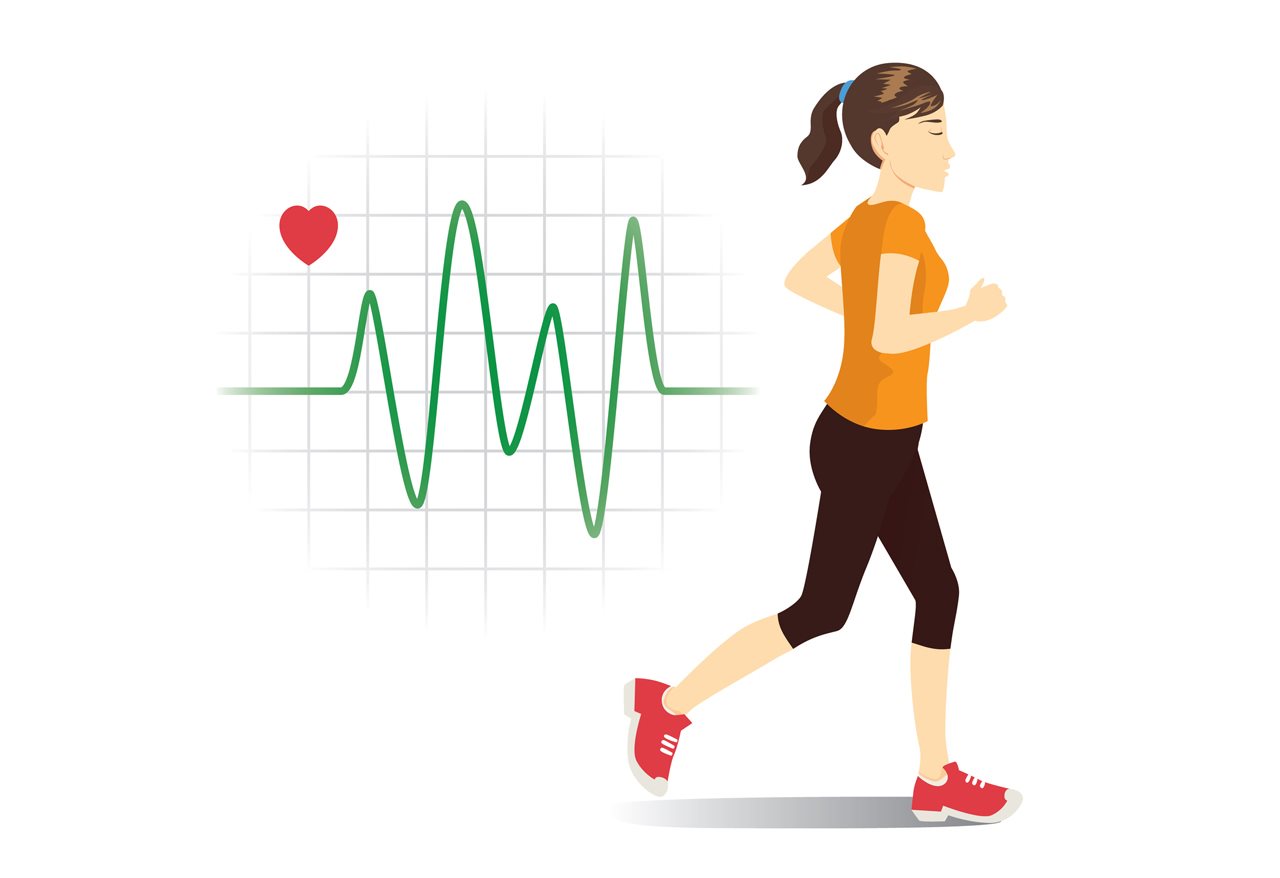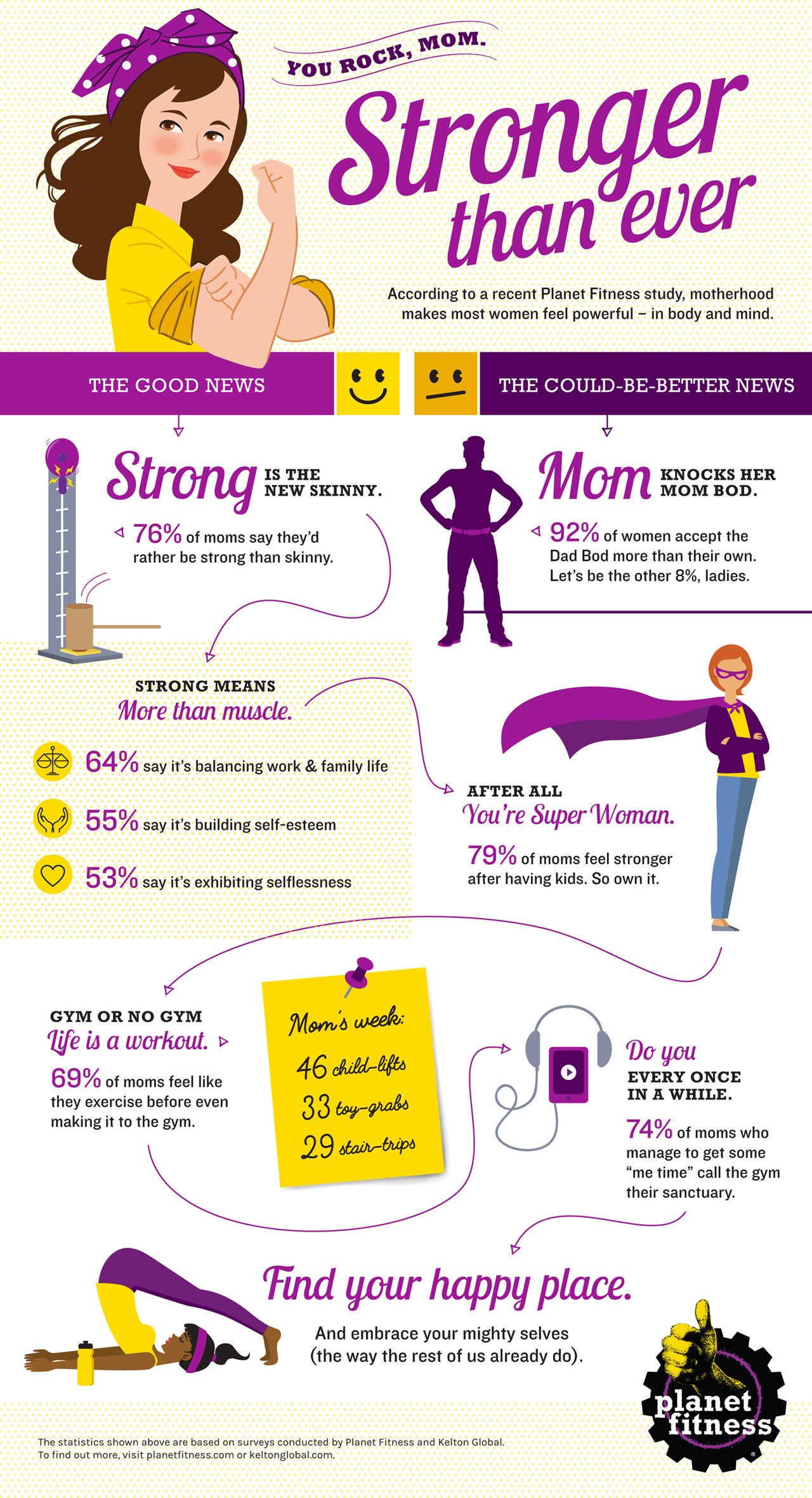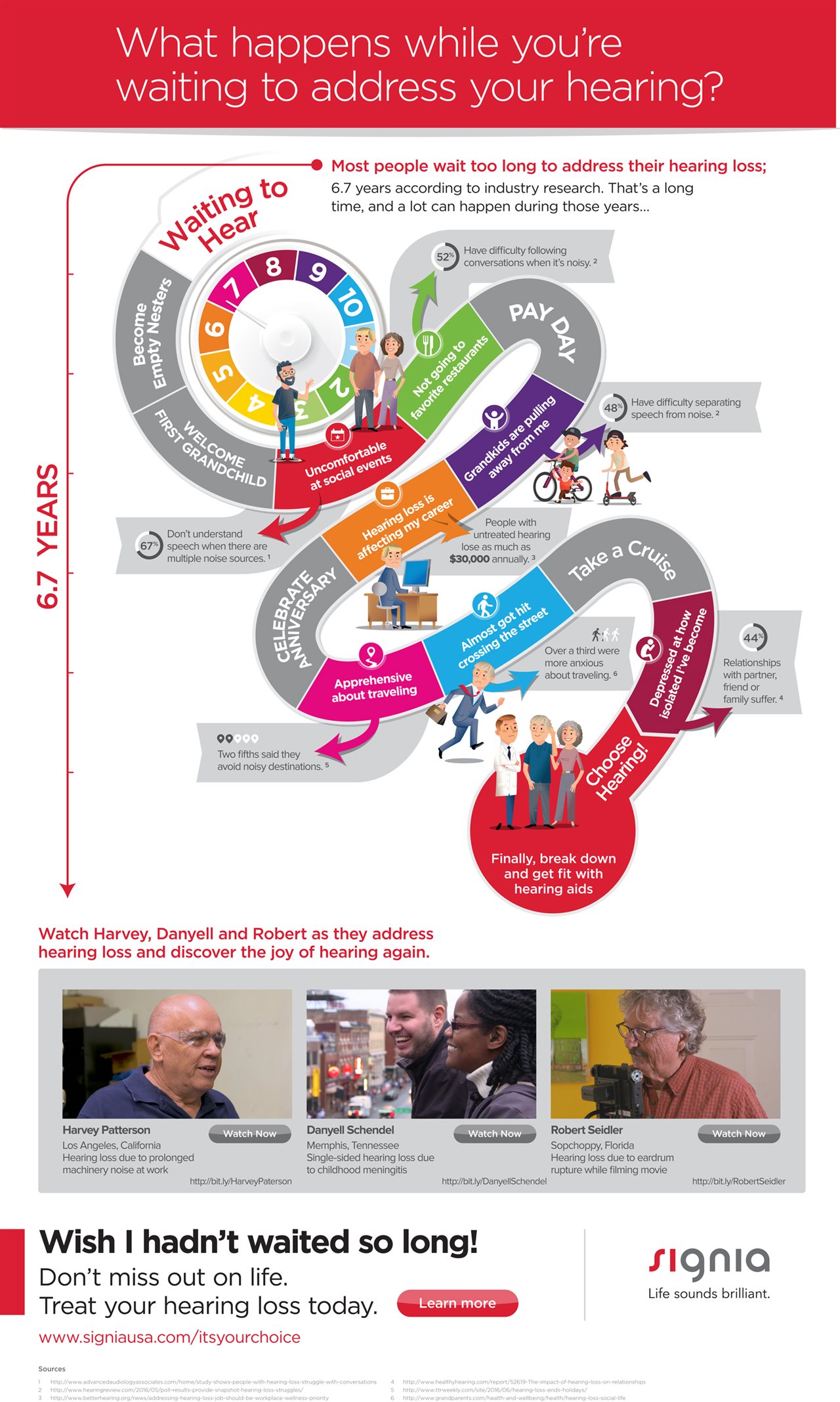2018-05-14T07:01:01
(BPT) – Recently, World Cancer Day was commemorated, which is an annual effort focused on raising awareness of cancer and those impacted by the disease around the world. This day is another reminder of the impact the progress being made in oncology has on the cancer community, particularly patients facing the need for additional treatment options. One patient’s story truly showcases just how the lives of people impacted by cancer are improved with a curative resolve through science and innovation.
Receiving a diagnosis of follicular lymphoma (FL) felt “like getting hit in the face with a brick,” recalls Brenda Montgomery of Carrollton, Kentucky. Active and healthy throughout her life, Montgomery never expected a routine gynecological checkup to lead to a nine-year battle with FL, the most common form of indolent non-Hodgkin’s lymphoma.1 Nor could she have guessed she would relapse after receiving first- and second-line treatment, leaving her with few options until the U.S. Food and Drug Administration (FDA) approval of another treatment option for patients like Brenda.
“When I was first diagnosed, my husband and I had a three-day pity party,” she says of her initial diagnosis. “I wondered why me, when I’d been so healthy my whole life. I felt like I was too young to die, so when we were done with our pity party, we got up and decided ‘What are we going to do next?’ and we started treatment.”
Some patients, like Montgomery, experience initial success with first- and second-line treatments, only to find out later on that their disease has come back.
“Often, patients who are diagnosed with lymphoma initially know little about the disease, and those diagnosed with a rarer form, such as follicular lymphoma, may be even less aware at first what their diagnosis means,” says Dr. Don Stevens, Medical Oncologist, Norton Cancer Institute, Louisville, KY, Montgomery’s physician and investigator in the clinical trial of this treatment that led to its approval. “They may have experienced no symptoms prior to diagnosis, or they may be diagnosed when their follicular lymphoma is in a more advanced stage. Many patients’ follicular lymphoma may come back after first- and second-line forms of treatments, but currently, only a small portion of patients receive systemic therapy in third-line and beyond after initial treatments fail. It’s important for these patients to know they now have another treatment option in the third-line that has been FDA-approved.”
A different option
In February 2016, Montgomery made the decision to participate in a clinical trial of Aliqopa (copanlisib) 60 mg vial for injection. The study, known as CHRONOS-1, was investigating the safety and effectiveness of Aliqopa in 104 adult patients with FL when the disease has come back after treatment with at least two prior medicines.2 Fifty-nine percent of patients (61 of 104) had a response to the drug in the clinical trial, and the average duration of response was about one year (median of 12.2 months).2
Following an FL diagnosis
If you’ve been diagnosed with FL, it’s important to know some basic facts about the disease, including:
- Often, people with FL have no obvious symptoms of the disease at diagnosis; however, some common symptoms may include enlarged lymph nodes in the neck, armpits, abdominal area or groin. You may experience fatigue, feel short of breath, have night sweats or unexplained weight loss.3
- Relapse is common, although remission may last for years.3
If your FL has come back after two prior treatments, consider talking to your doctor about Aliqopa as an appropriate treatment option.
What is ALIQOPA?2
ALIQOPA is a prescription medicine used to treat adults with follicular lymphoma (FL) when the disease has come back after treatment with at least two prior medicines.
Aliqopa went through a faster FDA approval process because of how it caused FL tumors to shrink. Data gathered from an additional trial may be needed for continued approval of its current use.
It is not known if ALIQOPA is safe and effective in children.
Important Safety Information
ALIQOPA can cause serious side effects, including:
Infections: ALIQOPA can cause serious infections that may lead to death. The most common serious infection was pneumonia. Tell your healthcare provider right away if you have a fever or any signs of an infection during treatment with ALIQOPA.
High blood sugar (hyperglycemia): High blood sugar is common following ALIQOPA infusion and can sometimes be serious. Tell your healthcare provider if you develop any symptoms of hyperglycemia during treatment with ALIQOPA. Symptoms of hyperglycemia may include being very hungry, being very thirsty, frequent urination and headaches.
High blood pressure (hypertension): High blood pressure is common following ALIQOPA infusion and can sometimes be serious.
Lung or breathing problems: Your healthcare provider may do tests to check your lungs if you have breathing problems during treatment with ALIQOPA. Tell your healthcare provider right away if you develop new or worsening cough, shortness of breath, or difficulty breathing.
Low white blood cell count (neutropenia): Neutropenia is common with ALIQOPA treatment and can sometimes be serious. Your healthcare provider will check your blood counts regularly during treatment with ALIQOPA. Tell your healthcare provider right away if you have a fever or any signs of infection during treatment with ALIQOPA.
Severe skin reactions: Skin peeling, rash, and itching are common with ALIQOPA and can sometimes be serious. Tell your healthcare provider if you develop skin peeling, itching, or rash during treatment with ALIQOPA. Your healthcare provider may withhold treatment, decrease your dose, or permanently stop treatment if you develop severe skin reactions during treatment with ALIQOPA.
Before receiving ALIQOPA, tell your healthcare provider about all of your medical conditions, including if you:
- have an infection
- have lung or breathing problems
- have high blood pressure (hypertension)
- have diabetes or high blood sugar (hyperglycemia)
- are pregnant or plan to become pregnant. ALIQOPA can harm your unborn baby.
- Your healthcare provider will perform a pregnancy test before starting treatment with ALIQOPA.
- Females who are able to become pregnant should use effective birth control (contraception) during treatment with ALIQOPA and for at least 1 month after the last dose of ALIQOPA. Talk to your healthcare provider about birth control methods that may be right for you. Tell your healthcare provider right away if you become pregnant or think you are pregnant during treatment with ALIQOPA.
- Males with female partners who are able to become pregnant should use effective birth control (contraception) during treatment with ALIQOPA and for at least 1 month after the last dose of ALIQOPA.
- are breastfeeding or plan to breastfeed. It is not known if ALIQOPA passes into your breast milk. Do not breastfeed during treatment with ALIQOPA and for at least 1 month after the last dose of ALIQOPA. Talk to your healthcare provider about the best way to feed your child during treatment with ALIQOPA.
Tell your doctor about all the medicines you take, including prescription and over-the-counter medicines, vitamins, and herbal supplements. Certain other medicines may affect how ALIQOPA works.
Know the medicines you take. Keep a list of your medicines and show it to your healthcare provider and pharmacist when you get a new medicine.
What should I avoid while receiving ALIQOPA?
- Avoid taking St. John’s Wort during treatment with ALIQOPA.
- Avoid drinking grapefruit juice during treatment with ALIQOPA.
The most common side effects of ALIQOPA include:
- low white blood cell count (leukopenia)
- low platelets in your blood (thrombocytopenia)
- diarrhea
- decreased strength and tiredness
- lower respiratory tract infection
- nausea
These are not all of the possible side effects of ALIQOPA. Call your doctor for medical advice about side effects.
You may report side effects to FDA at 1-800-FDA-1088.
For full prescribing information, visit:
http://labeling.bayerhealthcare.com/html/products/pi/Aliqopa_PI.pdf
1Cancer.net. Lymphoma – Non-Hodgkin: Subtypes. http://www.cancer.net/cancer-types/lymphoma-non-hodgkin/subtypes. Accessed March 2018.
2Aliqopa™ injection [Prescribing Information]. Whippany, NJ: Bayer HealthCare Pharmaceuticals, September 2017.
3Lymphoma Research Foundation. Follicular Lymphoma. 2017. Available at:
http://www.lymphoma.org/site/pp.asp?c=bkLTKaOQLmK8E&b=6300155. Accessed March 2018.
PP-860-US-0252


